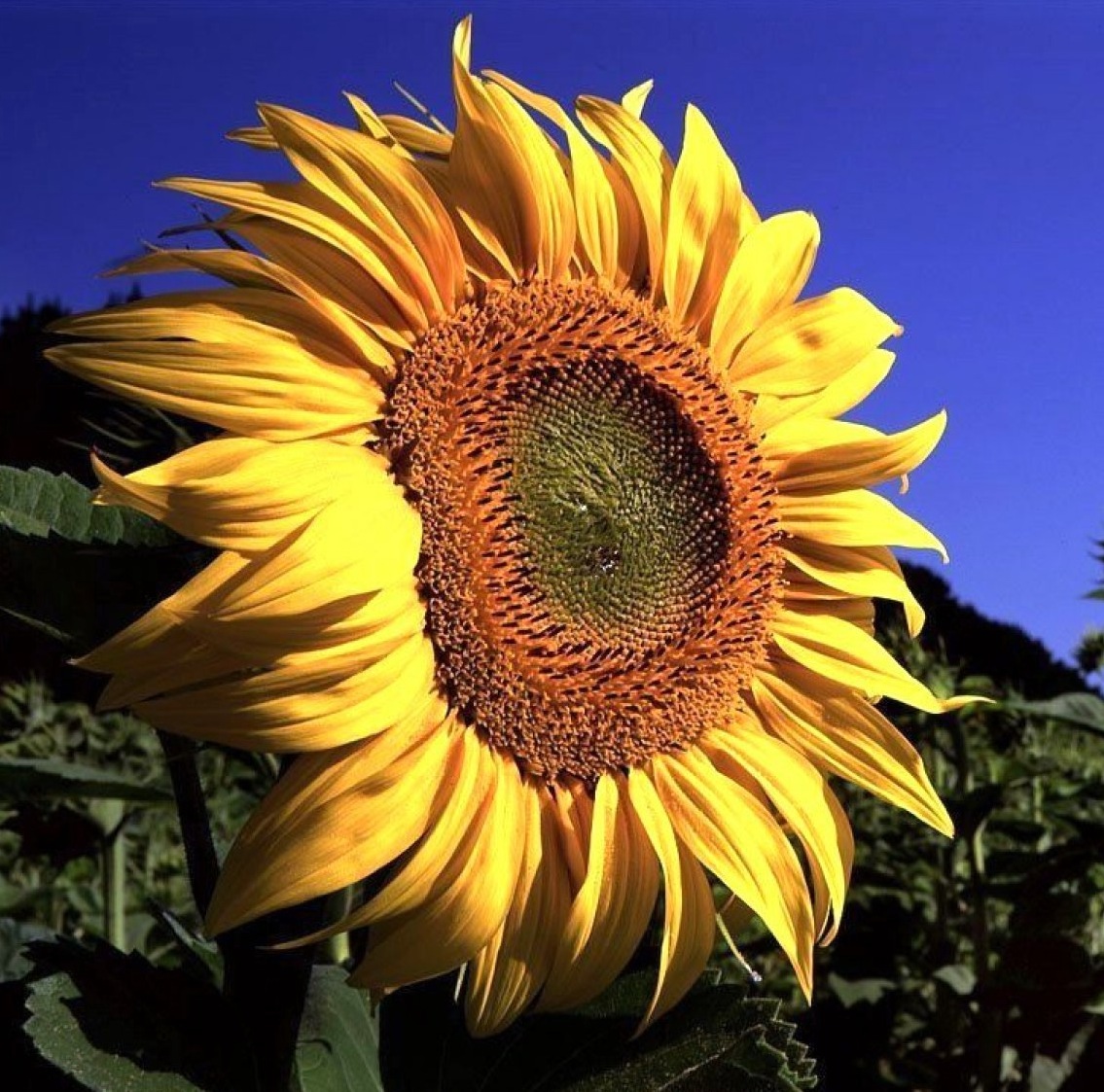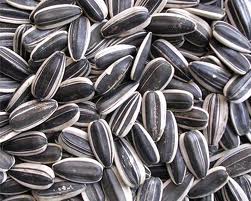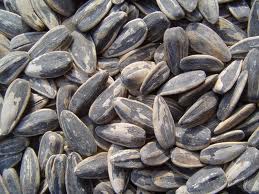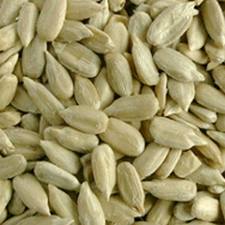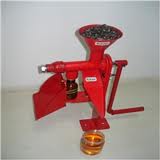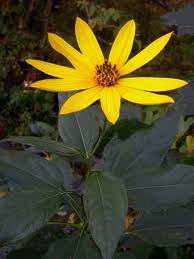Sunflowers: Sun Sentinels
His name was Bob Davis and he grew sunflowers some 15-feet high. I dated his niece, Edie May. I remember her and the flowers with affection though it is approaching a half a century ago.
More so, he managed to get these gigantic flowers up and fruiting in the very short Maine summer, which from frost to frost, can sometimes be less than two months. In fact, I once saw it spit snow on the Fourth of July, a prime reason why I have lived in Florida since 1977.
Despite the fact sunflowers sometimes have a head a foot across they are not the largest native blossom in North America. That distinction goes to the much smaller American lotus. Apparently petal size is the issue, not seed bed. None the less, sunflowers look like they should be the largest flowers in North America, certainly the tallest.
One Florida summer I grew seven or so of these mammoth plants and managed to keep the gigantic heads away from the birds long enough to harvest them. I put them in my Florida room to cure. Looking in on them three weeks later they were all eaten. Squirrels, and perhaps a few other creatures. They came in through a small dog door and dined. At least the sunflowers went to a good cause.
Sunflowers have been under cultivation more than 4,000 years, starting perhaps in central Mexico and moving northward and now throughout North America. While the seeds are edible, the roots of some sunflowers other than the Jerusalem Artichoke are also edible. For information on the Jerusalem Artichoke see a separate entry on this site.
Sunflowers have also been part of many pre-Columbian sun religions. That the young plants will follow the sun across the sky and then return to facing east during the night was not lost on ancient cultures. The scientific name, Helianthus annuus (heel-ee-ANTH-us AN-yoo-us means annual sunflower. Russia is the largest producer of commercial sunflowers with Argentina second and the United States third. Thus you will find two kinds of wild sunflowers, those that escaped cultivation long ago, reverting back to smaller forms and some that escaped last season still big and brassy.
Sunflowers have many uses. The seeds can be roasted and eaten as a snack or, raw, ground into a meal to thicken soups and stews. Roasted hulls can be used to make a brew similar to coffee. Dye can be extracted from hulls and petals and face paint can be made from dried petals mixed with pollen. Dried stalks can also be used to build shelters. The oil is used for food, cooking, medicine and cosmetics. You can even make your own oil with an expellor. One warning, some people have contact dermatitis with the sunflower.
Two types of sunflowers are grown in the United States, oilseed and confectionery. Oilseed sunflowers seeds are small and black with a high oil content. They are processed into oil and meal. Confectionery seeds are large black and white seeds which are roasted and for snacks and breads. But, the offering does not stop with the seeds,.
Helianthus strumosus, like its cousin the Jerusalem Artichoke, Helianthus tuberosus, has an edible root. You can tell the strumosus from the rest by a stem that is very branched. It also has a waxy layer that rubs very easily. Its leaves are lighter colored hence its common name, Pale-Leaved Woodland Sunflower. It is found throughout eastern North America. Helianthus means sunflower, annuus, annual, tuberosus, tuber growing, and strumosus a tumor or swelling, in reference that that species edible root.
Incidentally, the sunflower, H. annnuus, is the state flower of Kansas. Also be careful where you collect your wild sunflower. They will take up toxins in the soil and were in fact used after the Chernobyl accident to clean the ground.
Green Deane’s “Itemized” Plant Profile
IDENTIFICATION: Tall, annual or perennial plants, to 12 feet or so. Rough, hairy stem, branched on top. Toothed leaves often sticky. Lower leaves opposite, ovate or heart-shaped. Upper leaves are alternate and narrower. Flower heads with bright yellow rays. Young flower heads follow the direction of the sun, turning east to west during the day turning back to east overnight. Older plants stop turning but face east.
TIME OF YEAR: Seeds and roots in the fall.
ENVIRONMENT: Prefers rich soil and good watering
METHOD OF PREPARATION: Numerous; Seeds raw or roasted, roots raw or roasted. Seed oil has a wide variety of uses and applications.

